Stellantis & Iveco successfully test inductive charging
On the “Arena del Futuro”, a test track for inductive charging in motion, Stellantis, Iveco and the other project partners have made important progress. Based on the initial results, Stellantis says DWPT (Dynamic Wireless Power Transfer) technology may “power our electrified future”.
During the tests on the “Arena del Futuro” near Brescia, which was built last year, the first results were validated. According to Stellantis, this allows a BEV to drive at typical motorway speed without using up the energy stored in its battery. The test drives were carried out, for example, with an electric Fiat 500 equipped with inductive charging technology from Israeli specialist ElectReon. In addition to ElectReon, Stellantis and Iveco, other participants in the “Arena del Futuro” include ABB, the chemical group Mapei, the storage provider FIAMM Energy Technology and three Italian universities.
According to Stellantis, the tests also show that the efficiency of the energy flow from the asphalt to the car is comparable to the typical efficiency of fast-charging stations. Further measurements of the magnetic field strength had proven that there “is no impact on the driver and passengers”. In the next step, a converted Maserati will also be charged inductively while driving.
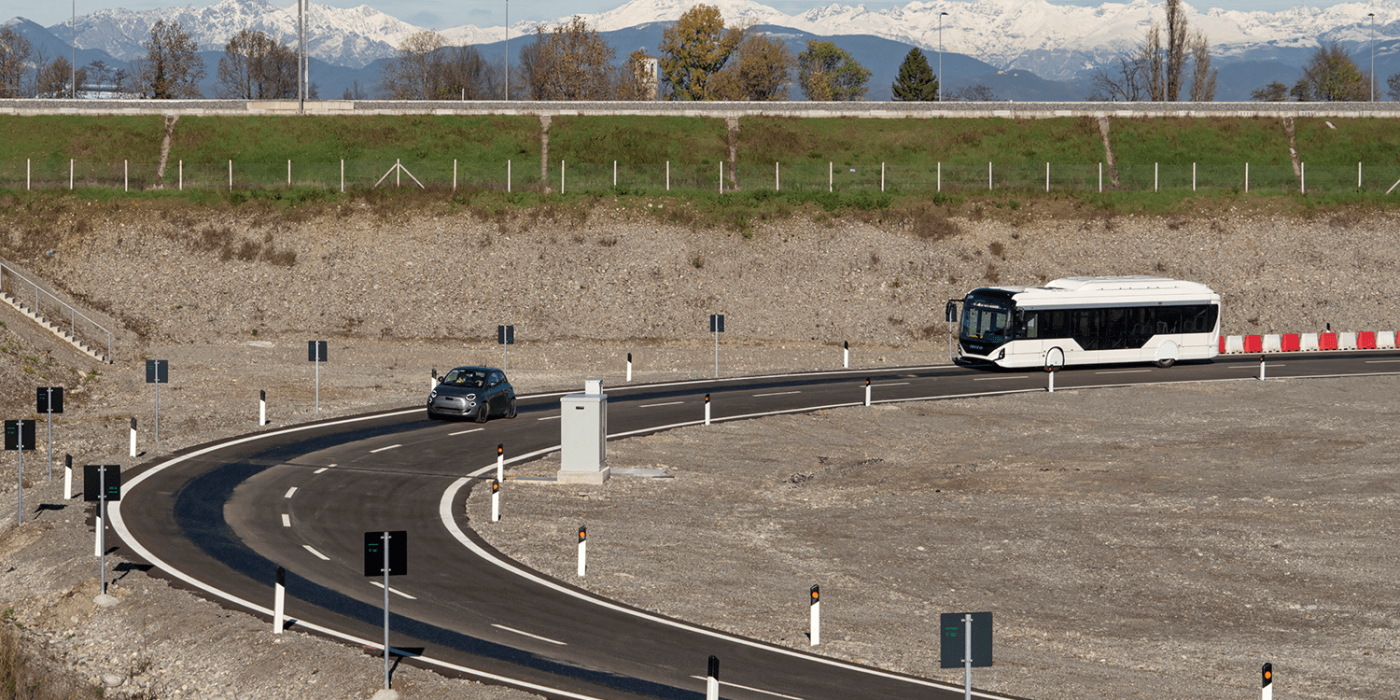
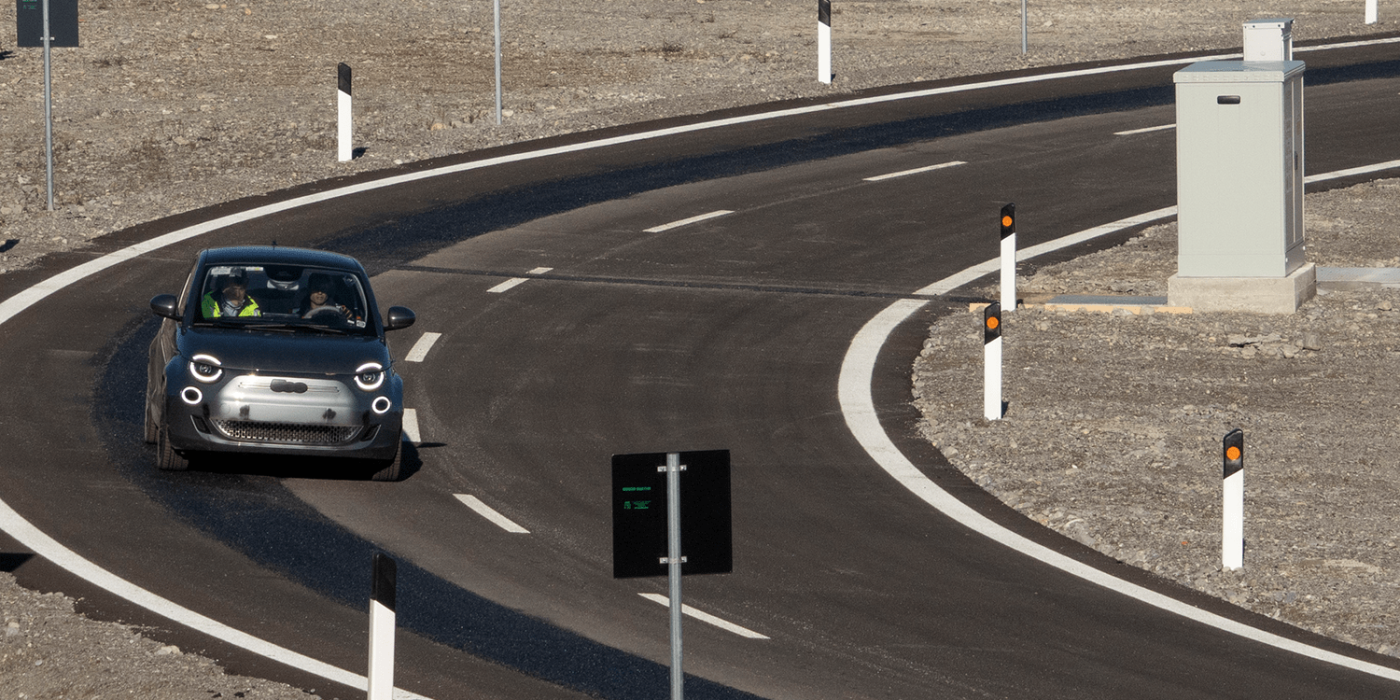
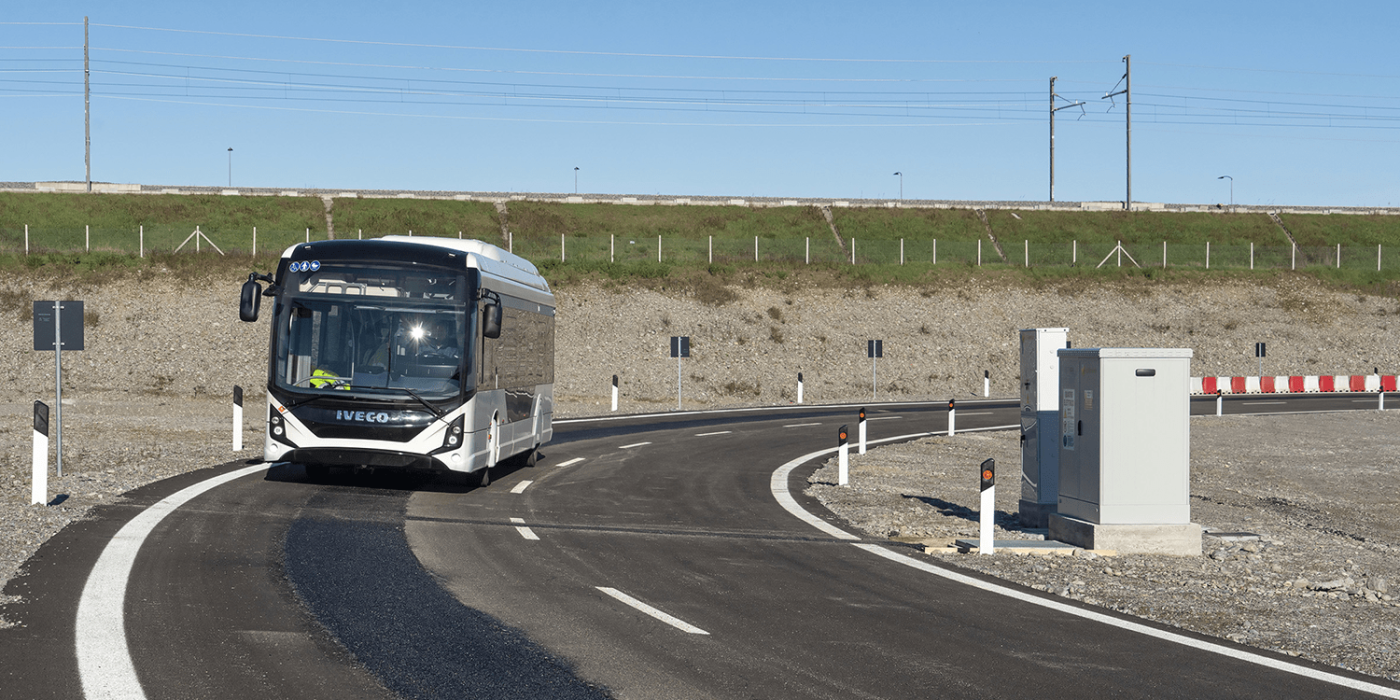
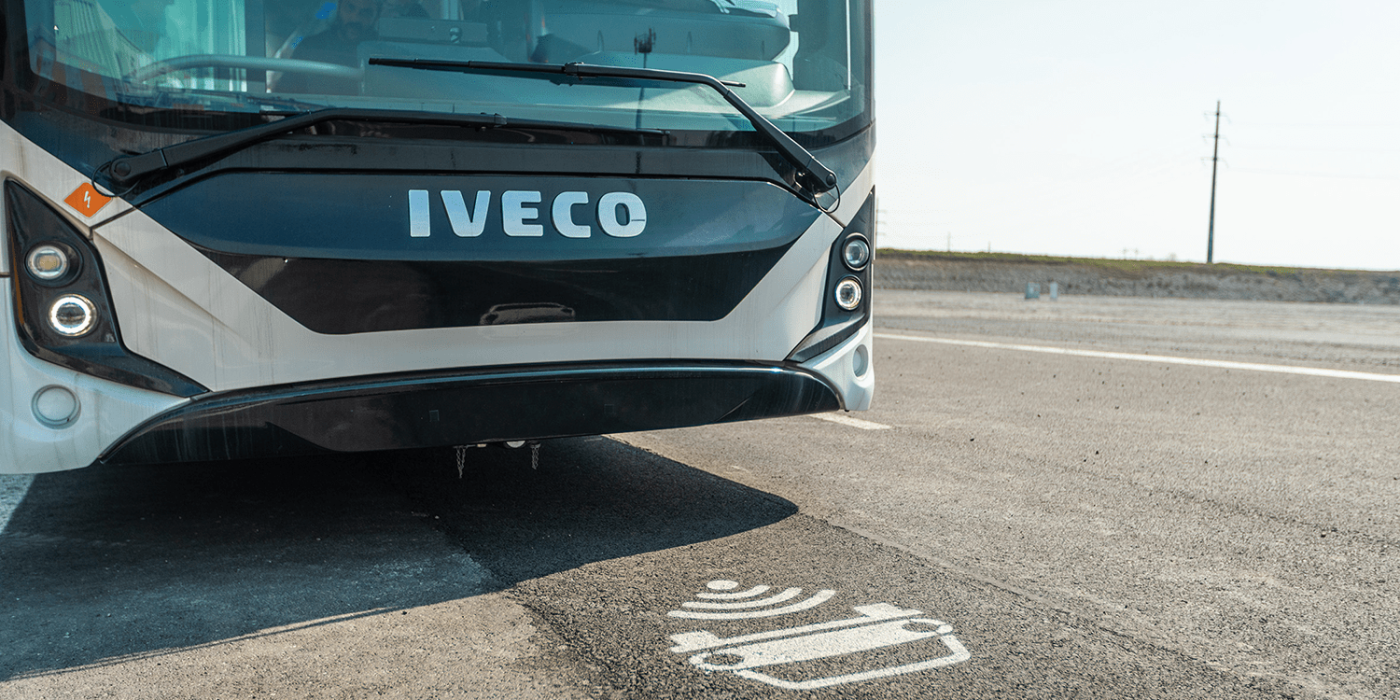
While Stellantis does not give any figures in its press release but sticks to general statements, Iveco is more specific in its own press release: An electric bus could be charged inductively with 75 kW at speeds of over 70 km/h. This was a twelve-metre Iveco E-Way that was retrofitted with the necessary connectivity and charging technology.
The Dynamic Wireless Power Transfer is based on conductor loops that are laid under the asphalt and inductively transmit the energy to the receiver plates of the vehicles – regardless of whether it is an electric car, electric bus or electric truck. According to Stellantis, this is a direct current system, which should offer several advantages. Thinner cables can be used than with an AC system, which are lighter and require less space. In addition, it is possible to use cheaper aluminium cables instead of copper, says Stellantis. Renewable energy sources such as solar panels can be integrated directly, without conversion to AC.
“Our long-term strategic plan, Dare Forward 2030, is based on the premise of bringing ‘cutting-edge freedom of mobility’ to all and this project is the very essence of where we’re headed as a company,” said Anne-Lise Richard, Head of Global e-Mobility Business Unit at Stellantis. “Working with this incredible group of partners, we have proven that inductive recharging technology can power our electrified future. These joint projects are exciting steps as we work to achieve longer battery lifespan, lower range anxiety, greater energy efficiency, smaller battery size, outstanding performance and lower weight and cost.”
Domenico Nucera, President of Iveco Group’s Bus Business Unit, added: “Induction charging technology also has exciting potential for commercial vehicles and could become an effective infrastructure platform for all e-mobility systems, not just pure electric vehicles. We will continue testing in the belief that this technology can effectively contribute to the transition to zero-emission mobility thanks to the benefits it offers to all users.”

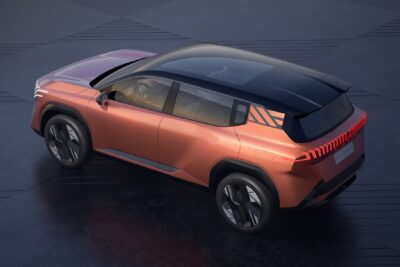
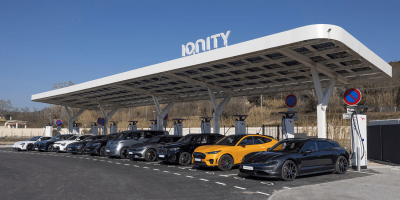
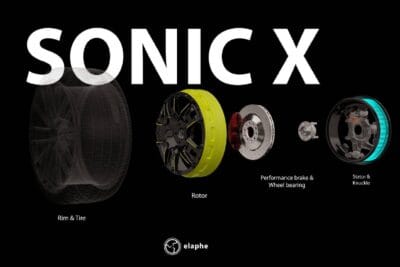
0 Comments